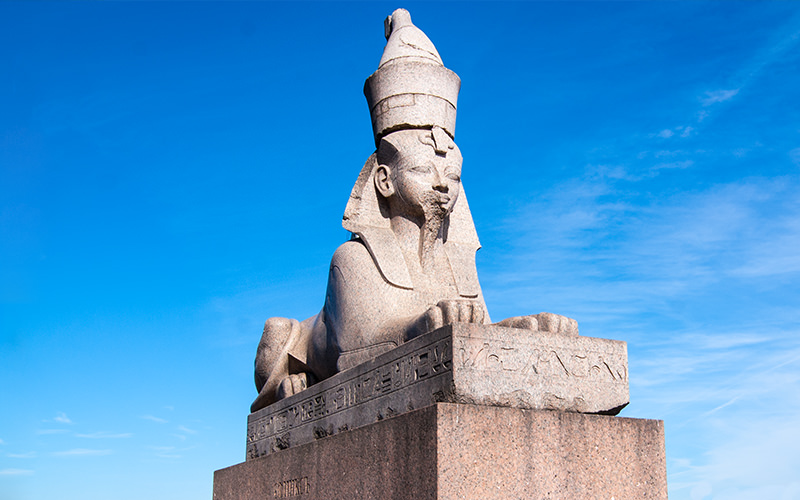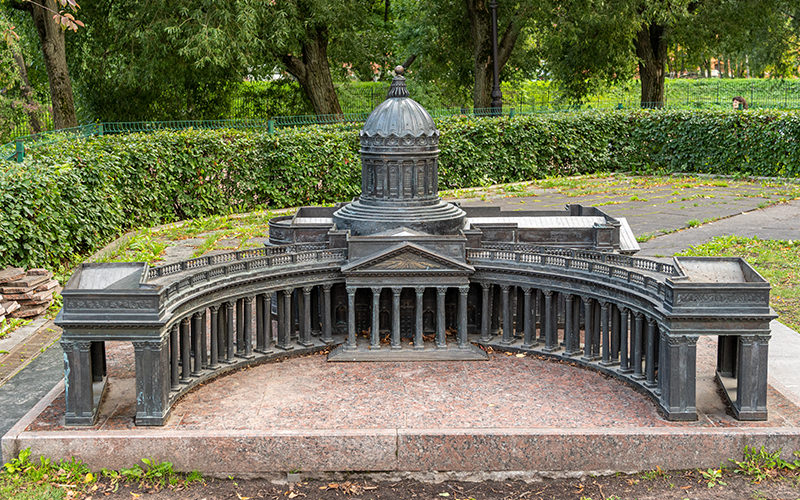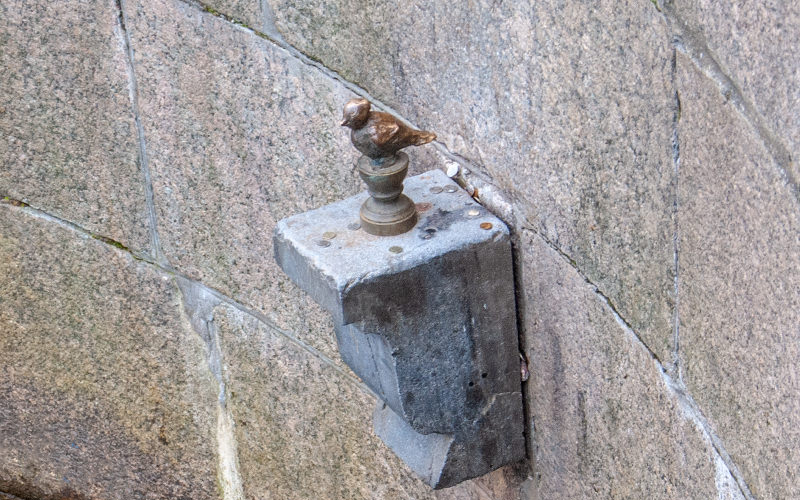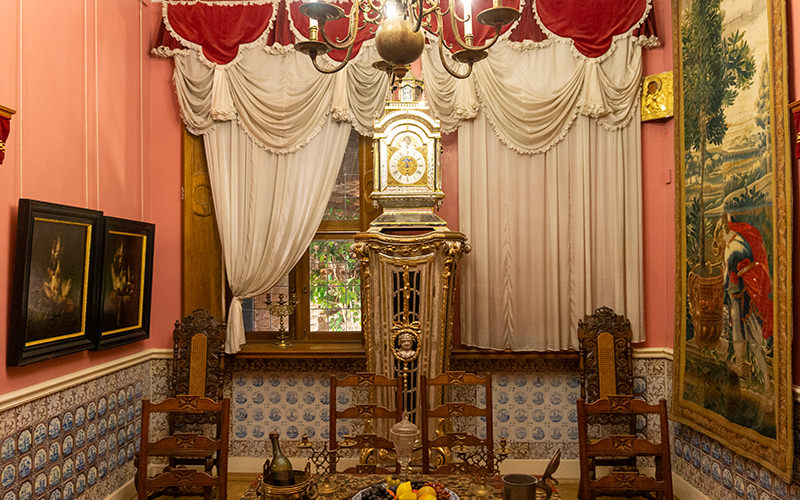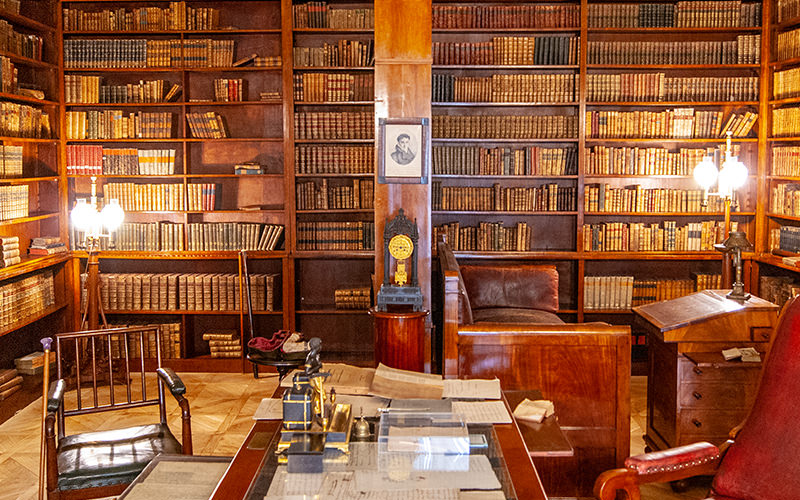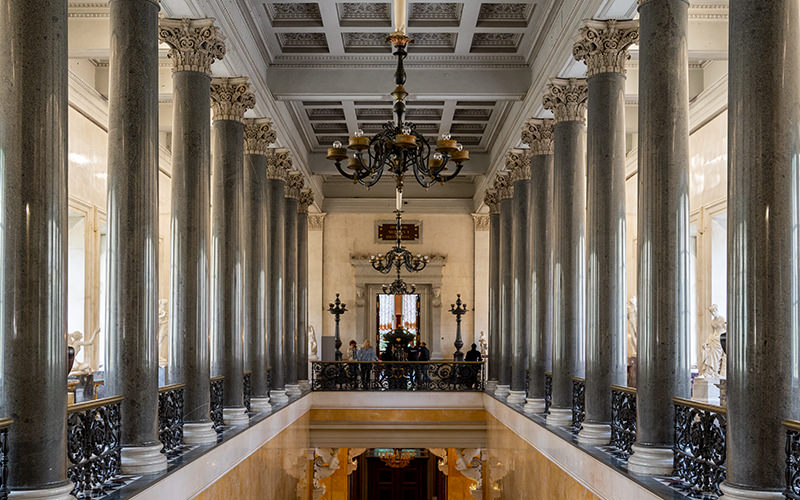A perfect complement to the majestic architecture of St. Petersburg is the beautiful monumental and decorative sculpture: the "Bronze Horseman," the horses by Klodt, and the sphinxes on the University Embankment have long been some of the most recognizable symbols of our city. Today, we will talk about another sculptural group, beloved by both tourists and locals: the atlantes on the portico of the New Hermitage building.
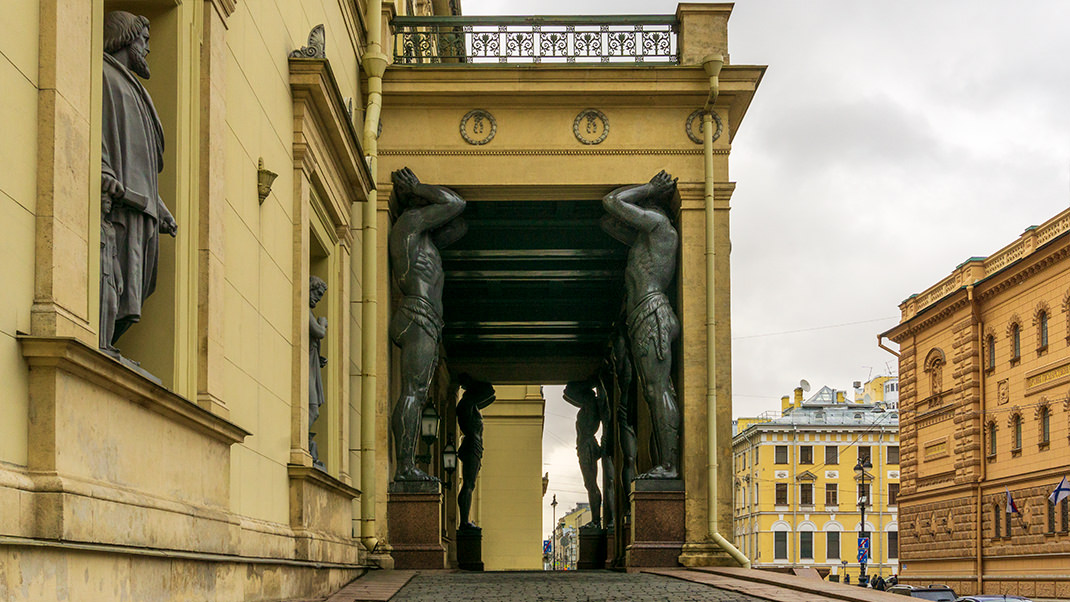
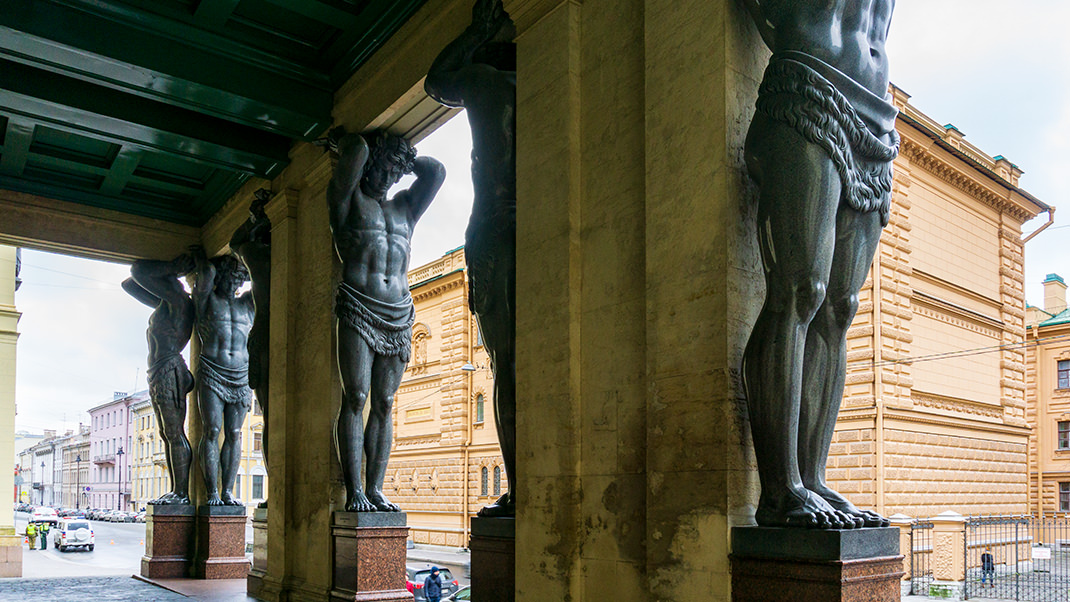
Where the Atlantes Are Located
The New Hermitage is located at 35 Millionnaya Street. The nearest metro station is "Admiralteyskaya." To find the atlantes, head to Palace Square and walk to Millionnaya Street. If you face the main entrance to the Winter Palace, the street will be on your right-hand side.
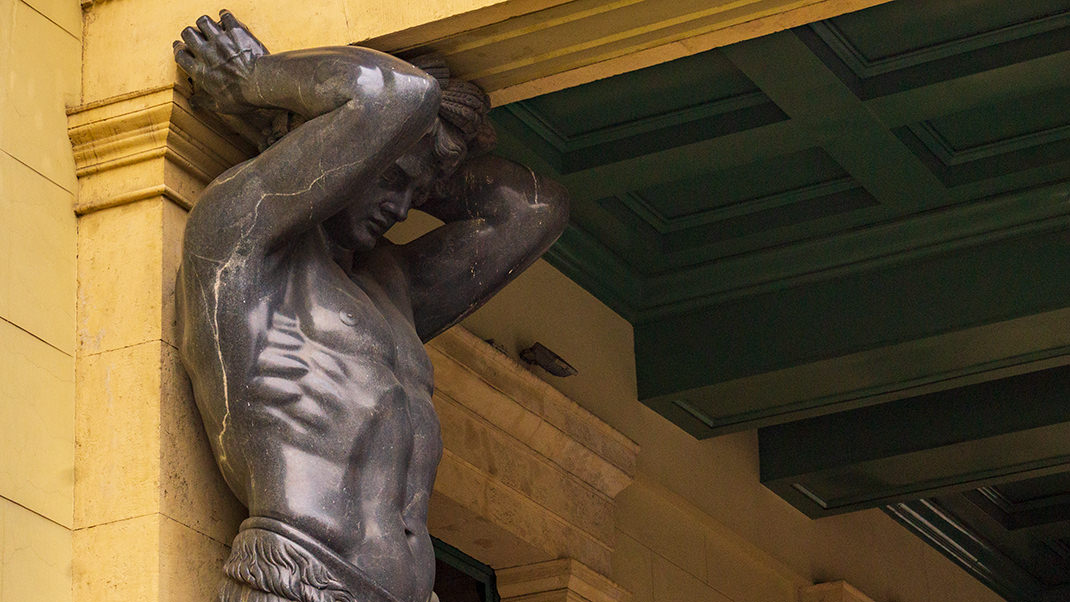
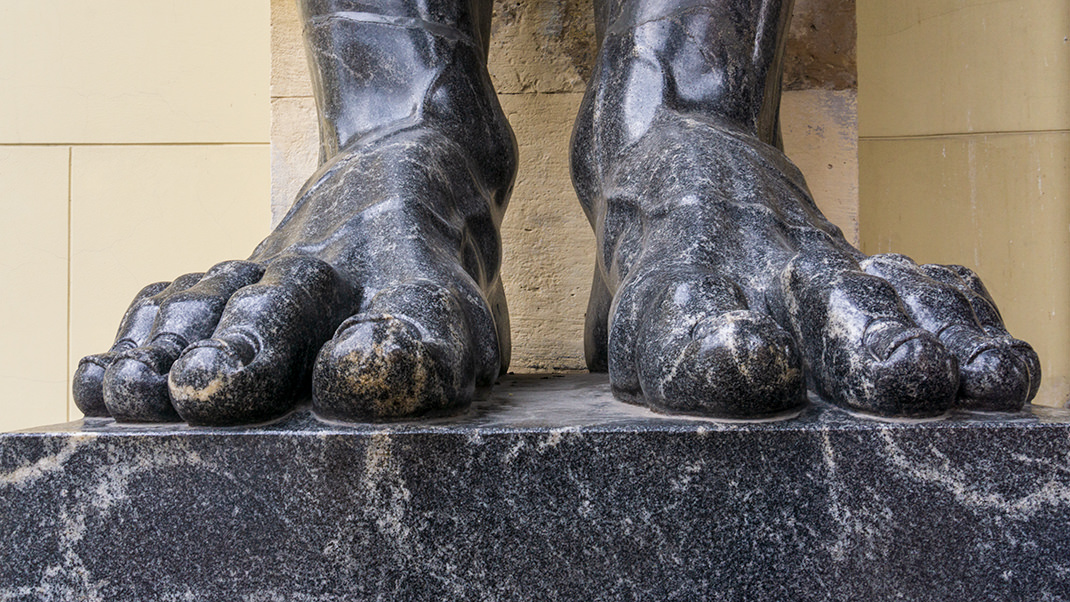
A Bit of History
The New Hermitage was built between 1842 and 1851, and as its name suggests, it is closely related to the main museum of St. Petersburg. The need for its construction arose from the necessity to increase space for storing museum collections. An interesting fact: this was the first building in Russia specifically designed for housing and displaying art collections.
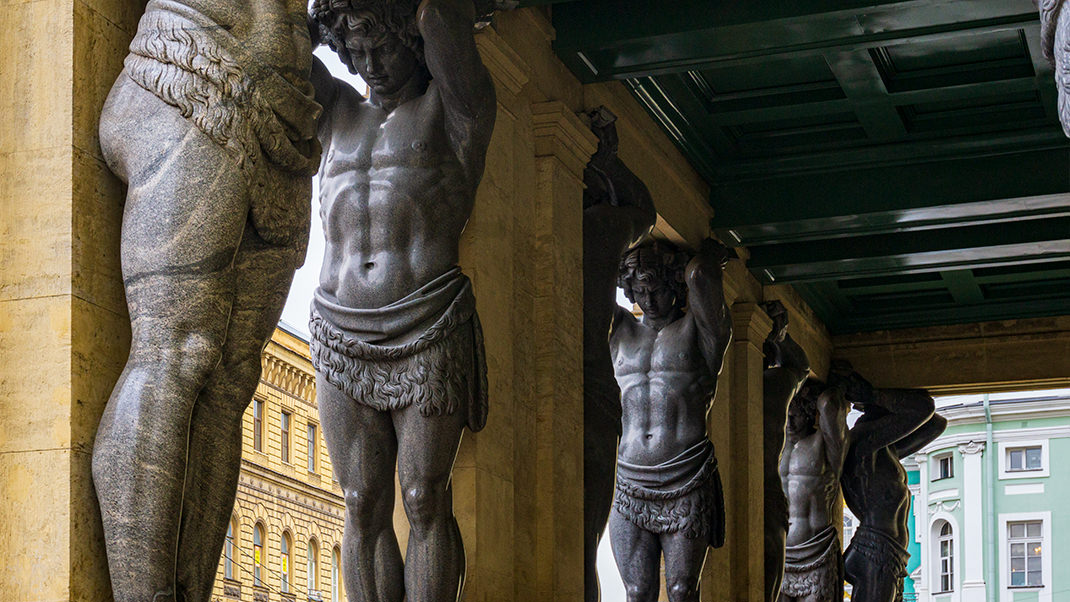
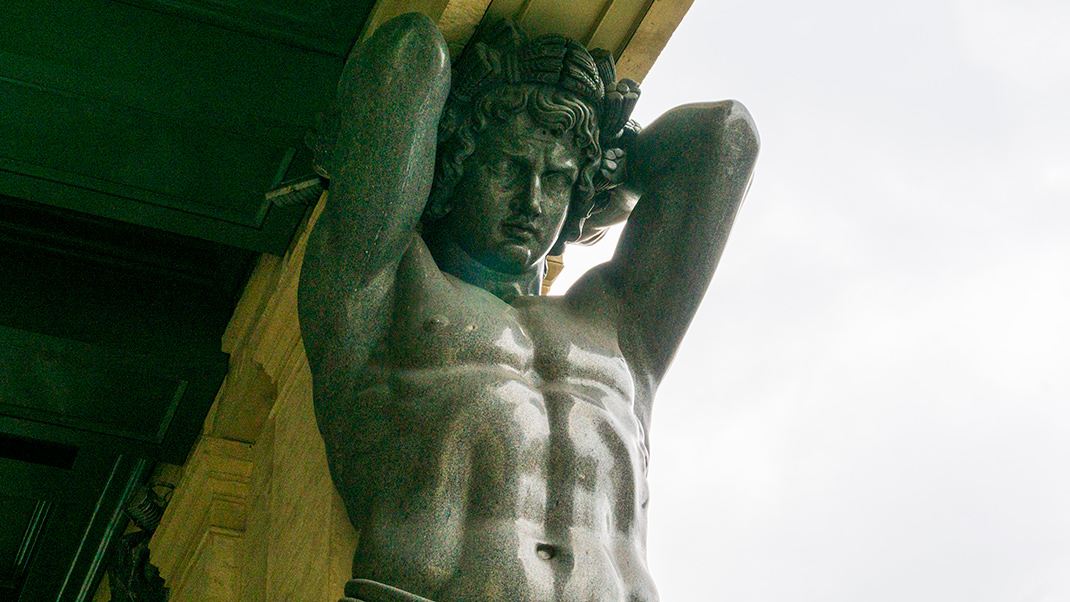
The project was designed by the German architect Leo von Klenze, and the construction was overseen by the famous St. Petersburg architects Vasily Petrovich Stasov and Nikolai Efimovich Efimov.
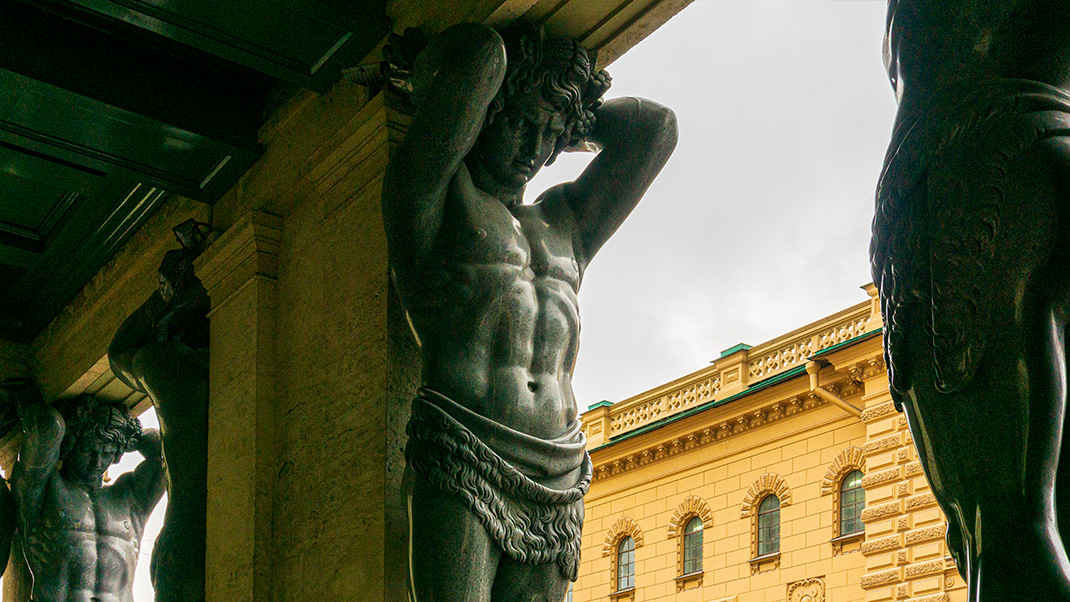
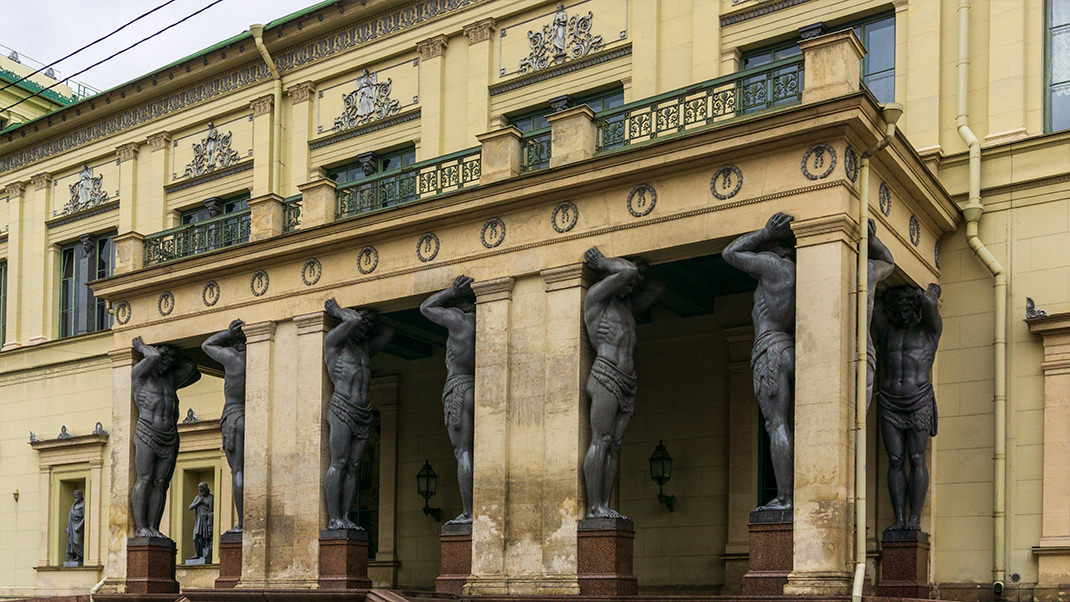
Let’s turn to the main subject of today’s story—the atlantes on the portico of the building. The sculptures were installed at the main entrance to the museum in 1848. Work on them lasted more than three years. The competition to create the monumental ensemble was won by sculptor Alexander Ivanovich Terebenyov. Here, I cannot help but mention another interesting fact from the history of the bidding for the atlantes. The initial cost of the project was 118,900 rubles, but Terebenyov valued his work at 87,125 rubles, saving more than a quarter of the funds.
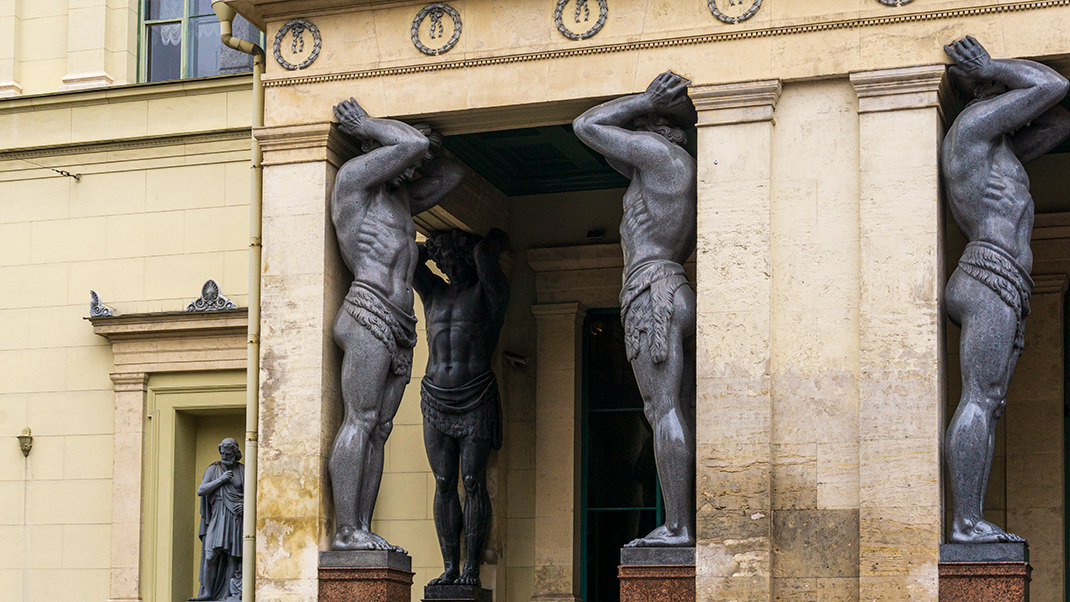
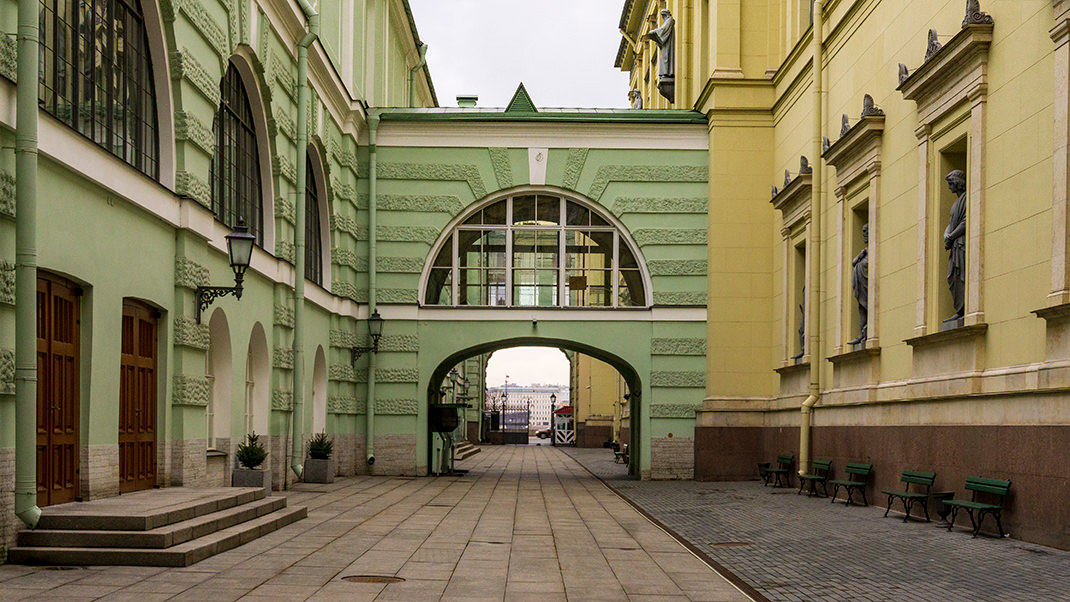
The atlantes got their name from the titan of Greek mythology. According to the myth, after the titans were defeated in battle by the Olympian gods, Atlas was forced to hold up the heavens on his shoulders. Our mighty mythological heroes, however, are depicted with their arms around the so-called architrave (in simple terms, the beam resting on the capitals of the columns).
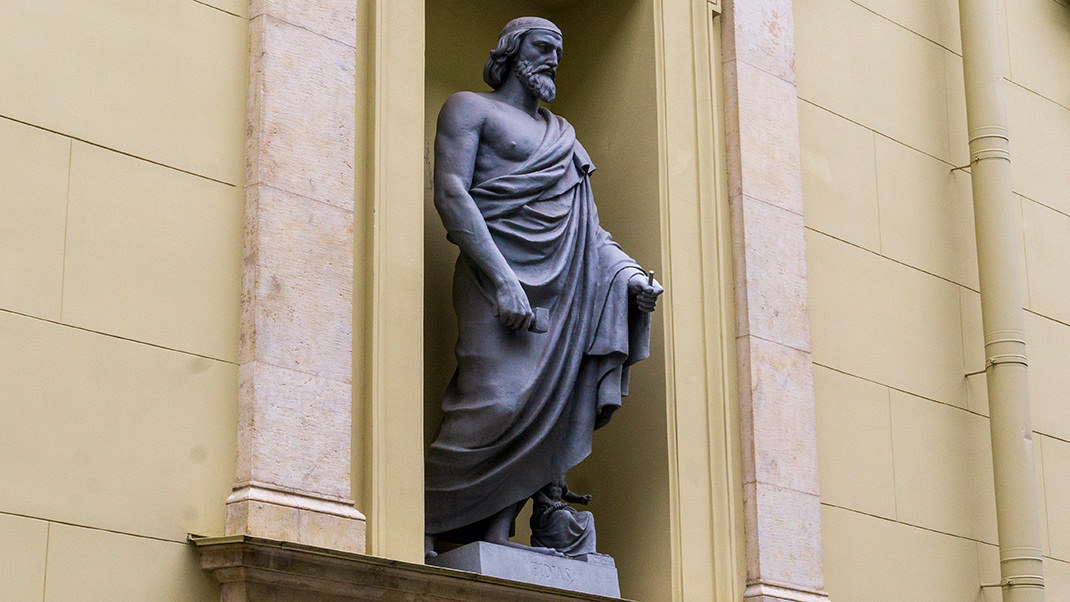
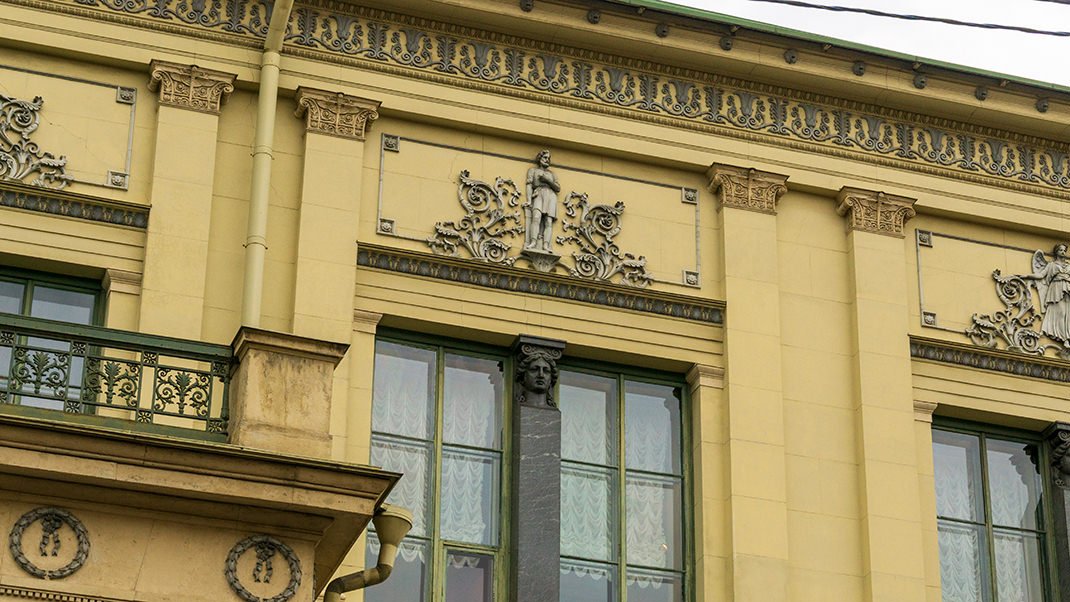
The most common question about these sculptures on the internet is how many atlantes are there on the portico of the building. The answer is simple: there are 10 of them. However, it should be noted that these are far from the only figures of this type in St. Petersburg. Atlantes and caryatids can also be found on the facades of Catherine Palace in Tsarskoye Selo and Mikhailovsky Castle opposite the Summer Garden. Probably, the second most famous figures of giants are the statues on the facade of the Beloselsky-Belozersky Palace on Nevsky Prospect, as they are passed daily by an endless stream of tourists visiting the glorious city on the Neva.
A Bit of History
- One of the most famous landmarks in St. Petersburg,
- A great place for memorable photographs,
- Located in the heart of the city.


